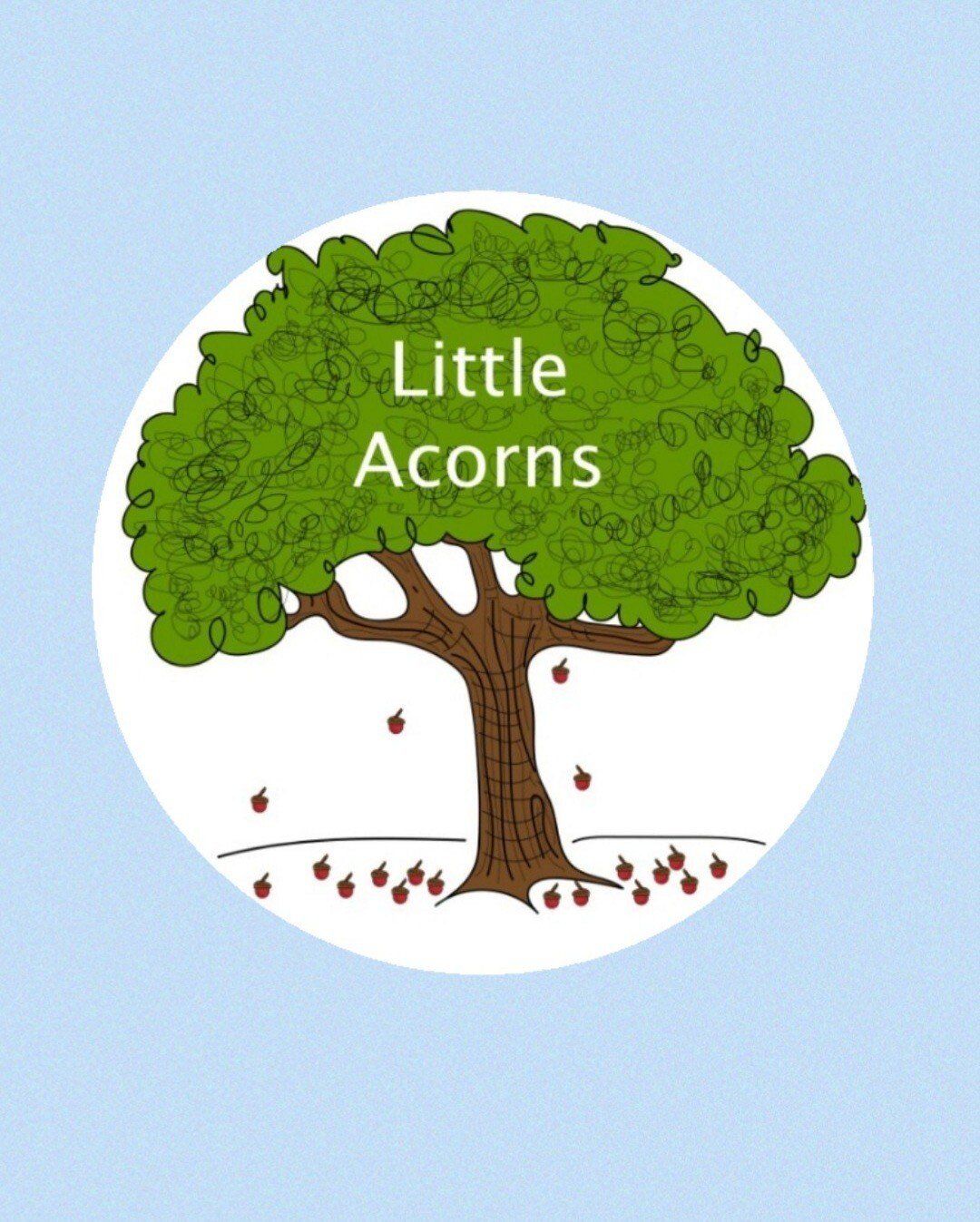Public Sector Equality Duty
Rationale
Through its Equal Opportunity objectives the school seeks to ensure that all members of the school community derive by right the greatest benefit from educational experiences, regardless of ability (including physical, mental, behavioural and academic) background, racial origin, language, gender, religion, sexual orientation, skin colour, disability, gender reassignment or any minority interest. The governing body of the school will not discriminate against, harass or victimise a pupil or potential pupil: in relation to admissions, in the way it provides education for pupils, in the way it provides pupils access to any benefit, facility or service, or by excluding a pupil or subjecting them to any other detriment.
Definitions
Discrimination is unfair treatment of a person based on a characteristic, which judges them as less than equal.
Sex Discrimination is the different treatment of women and men or girls and boys on the basis of their sex, thus preventing them from realising their full potential.
Direct racial discrimination is treating one person less favourably than another on racial grounds. (An example of direct racial discrimination is applying harsher discipline to black pupils).
Indirect racial discrimination is when a rule or condition, which is applied equally to everyone, can be met by a considerably smaller proportion of people from a particular racial group; the rule is to their disadvantage and the condition or rule cannot be justified on non-racial grounds. All three conditions must apply. (An example of indirect racial discrimination is where a school’s uniform rules do not allow for a particular racial groups’ customs).
Disability discrimination is the different treatment of individuals because of disability, thus preventing them from realising their full potential.
Equal Opportunity Statement of Principles
The school community will act positively in relation to race, sex and disability.
The school community recognises that it is made up of individuals, each of equal value and with his/her own needs and potentials.
The school community is against any action which prevents any group or individual from trying to achieve full potential. Any act of direct or indirect discrimination will be challenged.
The school community values all people and their cultures and will respond with sensitivity to them.
The school community recognises the right of individuals to make their views, ideas and thoughts known in relation to any matter which affects them.
The school community is committed to a policy of verbal and physical non-violence.
The school community will challenge behaviour which works against equal opportunities.
Equal Opportunities within the Curriculum
- All curriculum areas should ensure that no organisational practices exist which emphasise any division on the grounds of sex, race or disability.
- In the preparation and use of teaching and display material staff should positively encourage the use of non-stereotypical portrayal of roles.
- Mixed teaching groups should be positively encouraged to break down any real or imagined barriers.
- The use of language should be carefully examined in order that no hidden messages of discrimination are present.
- Staff should be aware of and identify areas both inside and outside the classroom where individuals may find themselves subject to discriminatory practices.
- Discussion in small groups or in debates should be encouraged on issues associated with equal opportunities.
- It is important for pupils to see staff as positive role-models in non-traditional roles.
- Material used within the classroom should be carefully selected so that all members of society are represented on an equal footing regardless of sex, race or disability.
- All cases of discriminatory behaviour should be dealt with immediately and positively.
- If a member of staff becomes aware of discriminatory practices occurring within the school he/she should discuss it with those concerned. If after this, it still continues then it should be reported to the senior management of the school. if, after due discussion and a warning being given to those concerned, such practices still continue, it would become a disciplinary matter which would be dealt with by the school governors.
Conclusion
This school and the whole community contained within it will not tolerate unacceptable behaviour in relation to sex, race or disability. Equal value is placed on all members of that community, and in the day to day running of the school it must be seen that our aim in relation to equal opportunities are important to us and positively applied.














